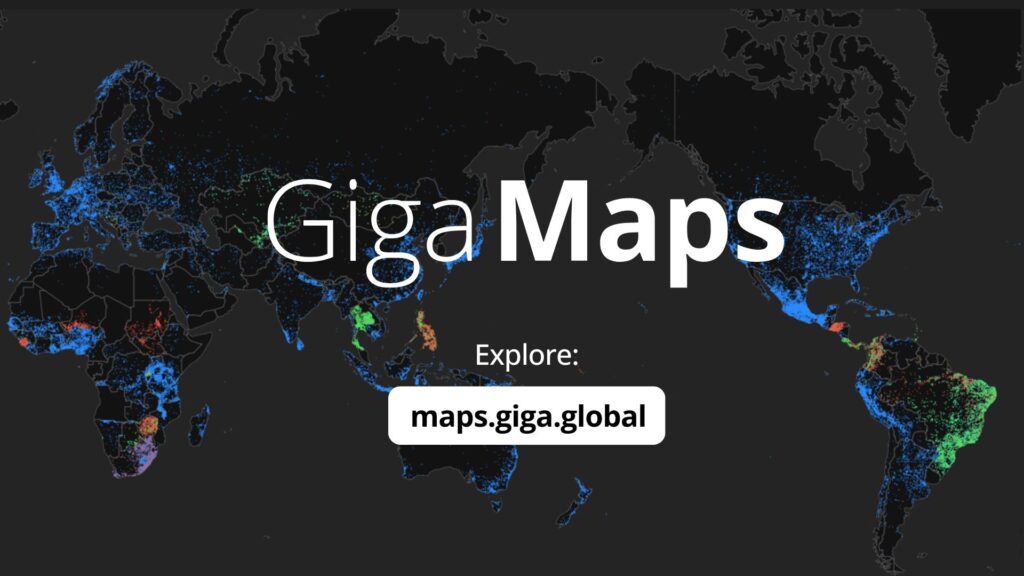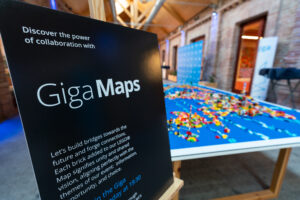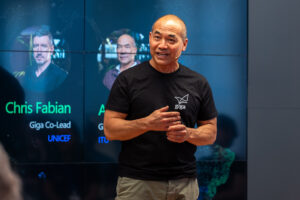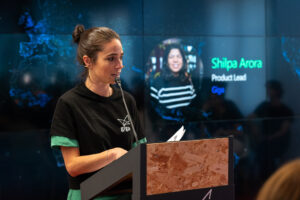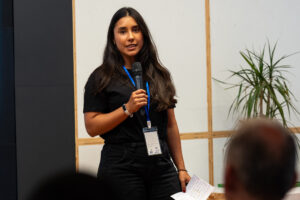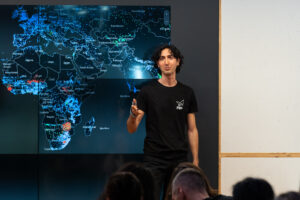It’s official: Giga has launched a potent new tool in its quest to connect every school in the world to the internet by 2030 — Giga Maps. A new iteration of the former Project Connect, this live open-source map allows governments to geolocate schools and measure their real-time connectivity status.
A partnership between the United Nations Children’s Fund (UNICEF) and the International Telecommunication Union (ITU), Giga combines school and infrastructure mapping with expertise in contracting and finance to help governments achieve sustainable, meaningful school connectivity.
Digital education can help overcome lagging progress towards the UN’s 17 Sustainable Development Goals by 2030. Half of the world’s approximately six million schools are still unconnected to the internet, denying some 500 million children and young people access to the internet and the benefits of online communication, learning and economic opportunity.
Progress starts with knowing school location and connectivity status. On Giga Maps every school is seen as a dot. Green signifies connectivity, yellow minimal connectivity and red no connectivity. Today the platform registers more than 350,000 dots, of which 250,000 are green and 95,000 are different colors that capture live connectivity status.
The goal is to provide the first global record of all school locations and their connectivity status. Chris Fabian, Giga’s UNICEF co-lead, said Giga is creating “a public good, a data base of education that didn’t exist before.”
The new iteration of Giga Maps has added school search, filters and share features, and has more connectivity data layers for deeper analysis, including download speed, latency, infrastructure and cellular coverage.
The result is not merely a repository of information, but a platform to help governments make effective connectivity decisions.
The launch of Giga Maps coincided with another major milestone: the inaugural installment of Giga’s Government Technology Exchange Programme (GTEP). This programme gathers government representatives from countries engaged with Giga to explore Giga Maps and related open-source products, while the Giga team gains insights into the unique requirements of each country to help improve those products. The first cohort came from Bosnia and Herzegovina, Botswana and Sierra Leone.
Giga Maps and GTEP are both based in the year-old Giga Technology Centre in Barcelona. The centre is establishing itself as “an interactive home for the global community to come together to explore the role of technology and school connectivity,” said ITU’s Alex Wong, Giga’s co-lead.
In a panel discussion held during the Giga Maps launch, participants gave some examples of how Giga Maps and connectivity monitoring is working — or will be working — their countries.
Botswana’s Lois Ngope, Director at the Department of ICT and Media Services of the Ministry of Education and Skills Development, said real-time monitoring allows her department to advice on and address service outages. “We can send a technician to the school and correct the problem before education is disrupted for too long,” she said.
Vlatko Drmic, Assistant Minister Ministry of Communications and Transport, Bosnia and Herzegovina, said his country plans to employ Giga Maps to monitor service quality and expects it will help “negotiate better prices for internet packages for schools.”
Sierra Leone’s Abubakarr Kallon, Policy Lead and Project Coordinator at the Directorate of Science, Technology and Innovation, said once his country implements Giga Maps it will be a key planning tool. “By getting real-time data, policy and resource allocation will be easier to develop,” he noted.
The work of the Giga Technology Centre in Barcelona is supported by the Government of Spain, the Regional Government of Catalonia and the Barcelona City Council.
Speaking at the launch event, Blanca Yáñez Minondo, head of multilateral cooperation and EU at the Spanish Agency for International Cooperation and Development, said Giga is an example of the role of multistakeholder cooperation in closing the digital divide in education.
“It’s important that we join efforts, both private and public, and we would like to encourage you to continue Giga by exploring this product (Giga Maps) and others, and to say you will have us on your side.”

